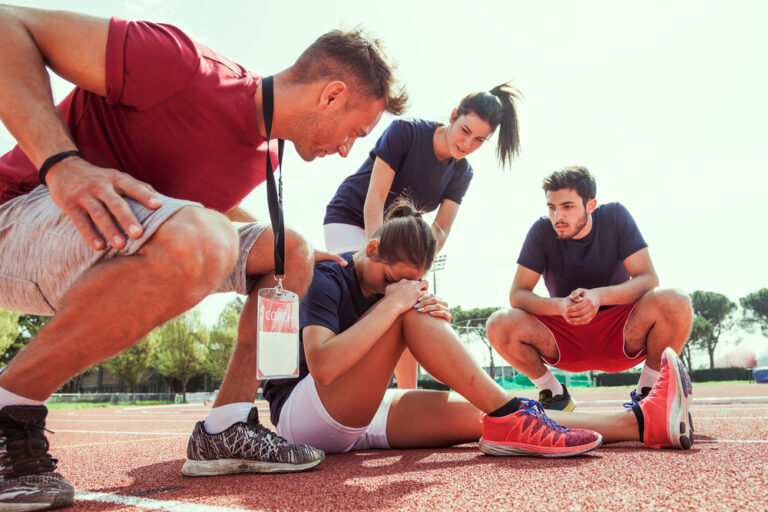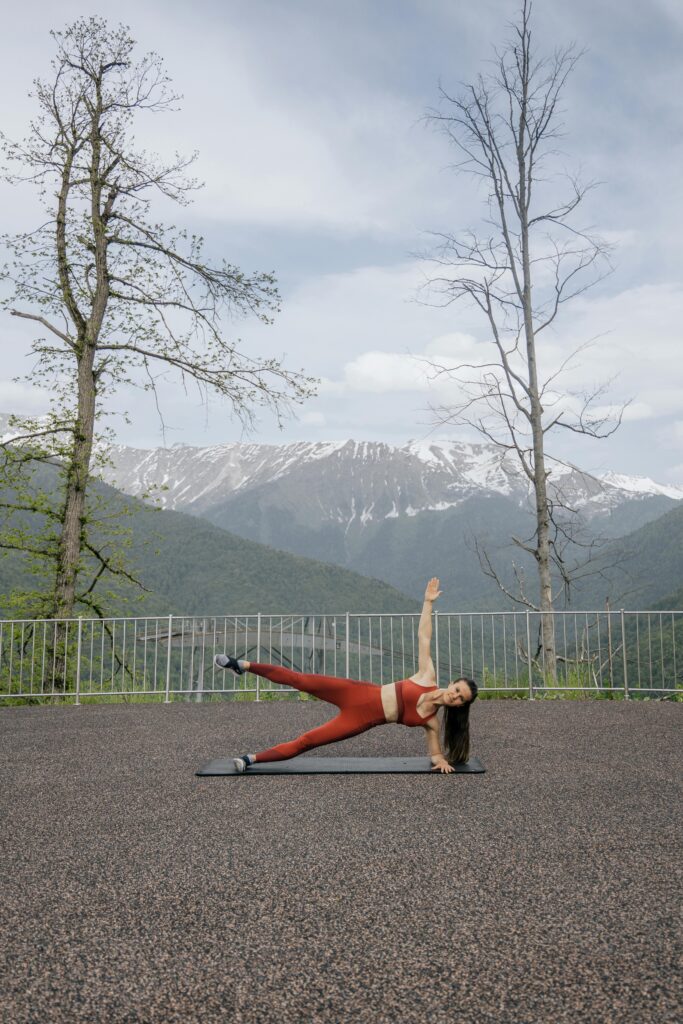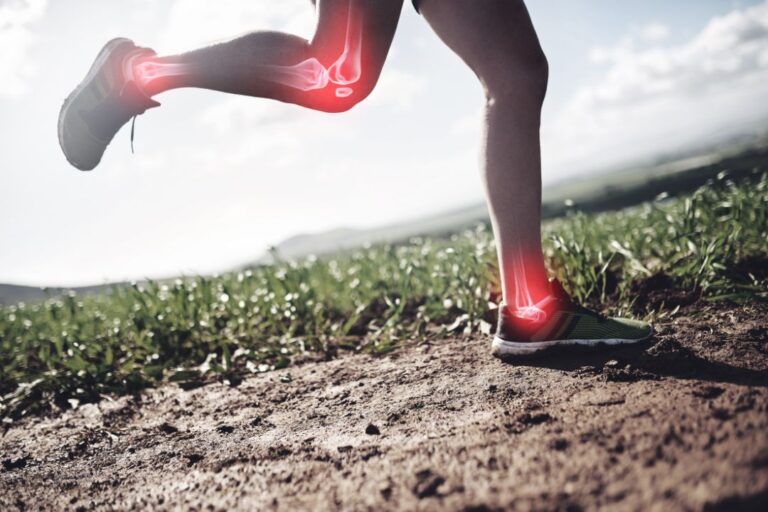
Injured But Not Defeated
For runners, mental strength is as critical as physical endurance, especially during injury. This blog delves into the emotional challenges of being sidelined by injury, the link between mindset and recovery, and offers guidance through injury-induced setbacks.




